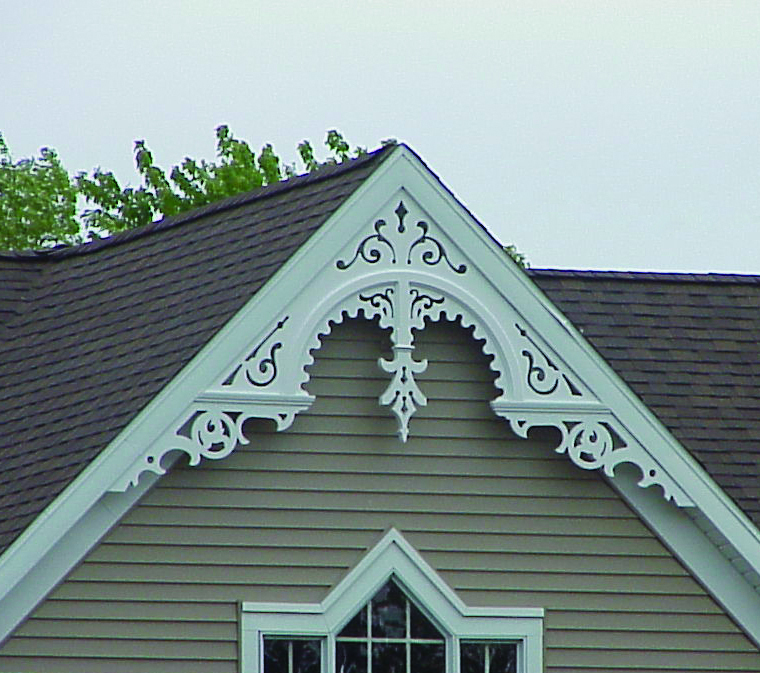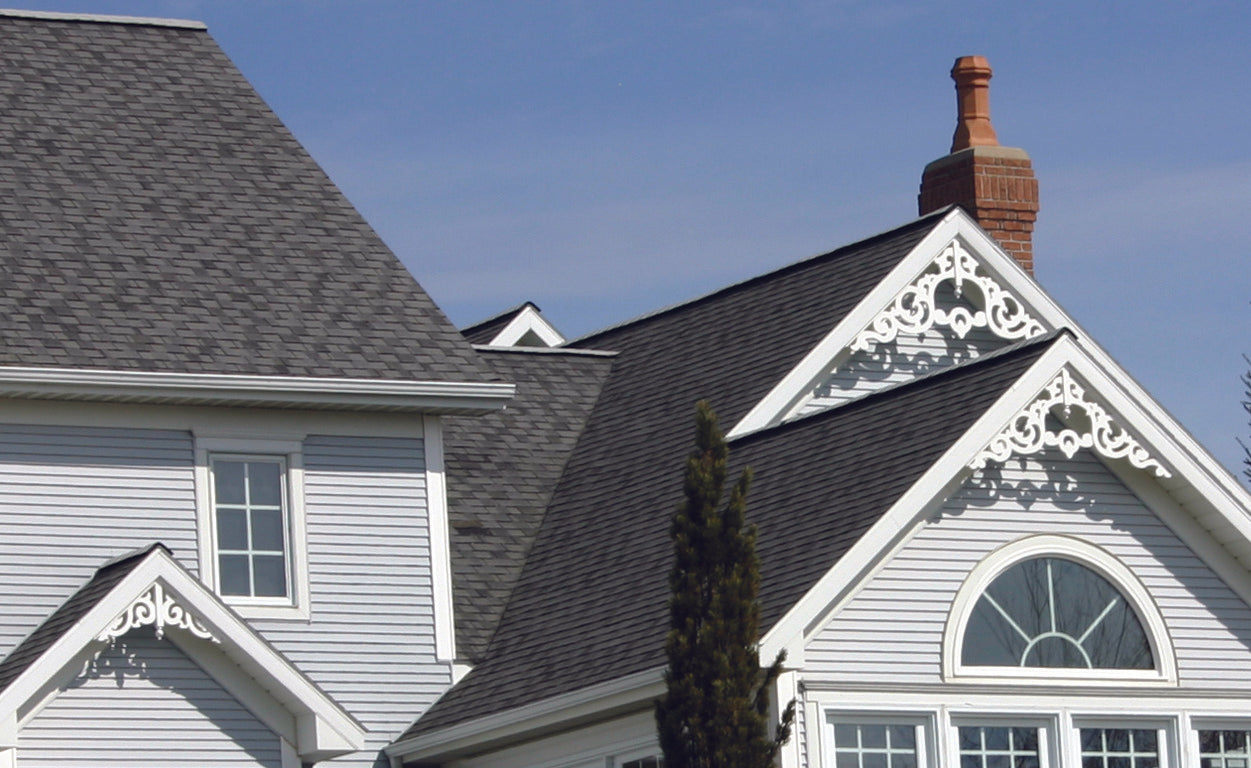What is Gable End Decorative Trim?
Gable end decorative trim refers to the decorative features located at the ends of a building’s gable, which is the triangular portion of a wall between the edges of a sloping roof. Not only does it add a unique architectural flair, but it also plays a vital role in protecting the home from elements such as water and wind. From my personal experience, choosing the right trim can transform an ordinary house into an extraordinary one, significantly enhancing its curb appeal.
Types of Gable End Decorative Trim
Various styles and materials of gable end decorative trim cater to different architectural designs and personal tastes. Below are some popular types:
- Wood Trim: Classic and versatile, wood trim can be painted or stained to match your home’s exterior.
- Vinyl Trim: Low maintenance and durable, vinyl options resist fading and rot.
- Fiber Cement Trim: Offers a wood-like appearance with superior resistance to moisture and pests.
- PVC Trim: Lightweight and rot-resistant, making it ideal for regions with high humidity.
- Metal Trim: Provides a modern look and exceptional durability but may require professional installation.
Benefits of Gable End Decorative Trim
Incorporating gable end decorative trim offers several advantages, including:
- Aesthetic Appeal: Enhances the overall exterior look of your home.
- Protection: Acts as a barrier against weather elements, prolonging the lifespan of your roof.
- Value Addition: Boosts your home’s market value due to its visually pleasing characteristics.
- Customization: Offers endless design possibilities to match your personal style.
Installation Guide for Gable End Decorative Trim
Installing gable end decorative trim can be a rewarding DIY project. Below is a step-by-step guide based on my own experiences and what I’ve learned from professionals in the field.
Tools and Materials Needed
- Measuring tape
- Level
- Cutting tools (saw or miter saw)
- Drills and screws
- Caulking and caulking gun
- Paint or stain (for wood trim)
Step-by-Step Installation
- Measure the gable ends to determine how much trim you will need.
- Cut the trim pieces according to your measurements.
- Begin installation from one end to the other, ensuring that each piece is level and flush against the wall.
- Secure the trim using screws or nails, depending on the material.
- Fill any gaps with caulk to ensure a weather-tight seal.
- If using wood, paint or stain to complete the look.
Comparing Different Materials for Gable End Trim
| Material | Durability | Maintenance | Cost | Aesthetic |
|---|---|---|---|---|
| Wood | Medium | High (needs painting/staining) | Medium | Classic |
| Vinyl | High | Low (no painting needed) | Low | Modern |
| Fiber Cement | High | Medium (occasional painting) | High | Rustic |
| PVC | High | Low | Medium | Contemporary |
| Metal | Very High | Low | High | Industrial |

Pros and Cons of Gable End Decorative Trim
Pros
- Increases home value
- Enhances visual interest
- Protects structural integrity
- Variety of styles and materials
Cons
- Initial installation cost can be high
- Some materials require regular maintenance
- DIY installation can be complex for beginners
- Potential for rot or deterioration (especially with wood)

Frequently Asked Questions (FAQs)
1. How much does gable end decorative trim cost?
The cost of gable end decorative trim varies based on material, design, and installation. On average, homeowners can expect to pay between $2 to $10 per linear foot, with wood being on the higher end and vinyl on the lower end.

2. Can I install gable end trim myself?
Yes, with the right tools and some basic DIY knowledge, you can install gable end trim yourself. However, if you’re not comfortable with heights or complex cuts, it may be best to hire a professional.
3. How do I maintain gable end decorative trim?
Maintenance depends on the material. Wood trim may require regular painting or staining, while vinyl and PVC need little more than occasional washing with soap and water.

4. What styles of gable end trim are available?
Styles can range from classic to modern, including turned posts, ornate brackets, or simple flat boards, allowing for endless customization possibilities based on your home’s architecture.
5. Is gable end trim necessary?
While not strictly necessary, gable end trim provides aesthetic benefits and helps to protect your home from weather damage, making it a valuable addition to most homes.
